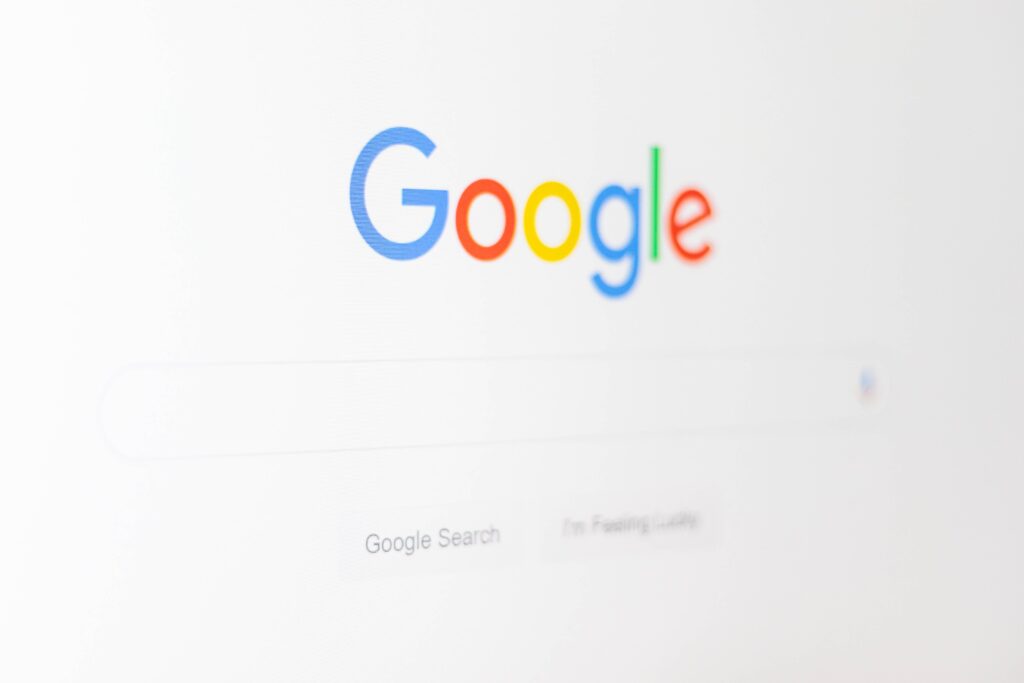There are two super important concepts in SEO: “noindex” and “nofollow.” Think of these two as secret codes that you can use to tell search engines what you do and don’t want them to index on your website.
First up is “noindex.” This tag tells search engines not to index a specific page on your website. Imagine you’re hosting a secret party at your house, and you don’t want anyone to know about it. That’s kind of like what “noindex” does – it tells search engines to keep this page a secret, and not show it in search results.

Now, why would you use “noindex”? Well, there are a few reasons. For example, you might have a page on your website that’s only meant for internal use, like an employee login page. Or, you might have duplicate content on your website, like two pages with the same information, and you want to keep search engines from indexing both pages. “Noindex” is like putting up a “Private” sign on the door; it keeps the secret content secret.
Next up is “nofollow.” This tag tells search engines not to follow any links on a specific page. Imagine you’re at a party and you see someone you don’t like. You don’t want to talk to them, so you pretend they’re not there. That’s kind of like what “nofollow” does.
So, why would you use “nofollow”? Well, there are a few reasons. For example, you might have a page on your website with sponsored links or links to low-quality websites. By using “nofollow,” you’re telling search engines not to follow those links or attribute any link equity to those websites. “Nofollow” is like giving someone the cold shoulder; it keeps search engines from following links you don’t want them to follow.
Now, let’s talk about some best practices for “noindex” and “nofollow”:
- Use “noindex” sparingly: While “noindex” is great for keeping certain pages on your website secret, too much “noindex” can hurt your SEO. It’s like having a secret party every day; it gets old quickly.
- Use “nofollow” appropriately: Use “nofollow” for sponsored links or links to low-quality websites. Don’t use “nofollow” for internal links, as this can hurt your website’s link equity. “Nofollow” is like playing it cool; only use it when necessary.
- Monitor your “noindex” and “nofollow” tags: Make sure your “noindex” and “nofollow” tags are working properly and not hurting your SEO. Monitoring is like having a good watchdog – it keeps you informed.
- Use the right tools: There are tools, like the “robots.txt” file or the “X-Robots-Tag” HTTP header, that can help you control what pages search engines index and follow on your website. Using the right tools is like having a good map to help you get where you’re going.

In conclusion, “noindex” and “nofollow” are like secret codes for SEO. Remember to use “noindex” sparingly, use “nofollow” appropriately, monitor your tags, and use the right tools. All of these things will help you to optimise your website’s SEO.
SEO is just one of the things we can assist with at Tomedia. Get in touch with us today to find out more about how we can help your website to achieve SEO success and beyond.

0 Comments